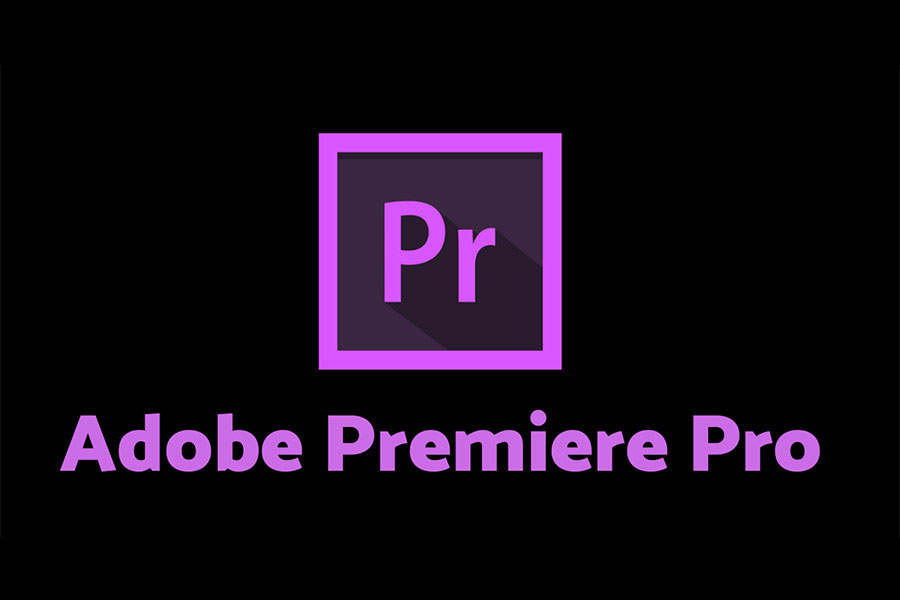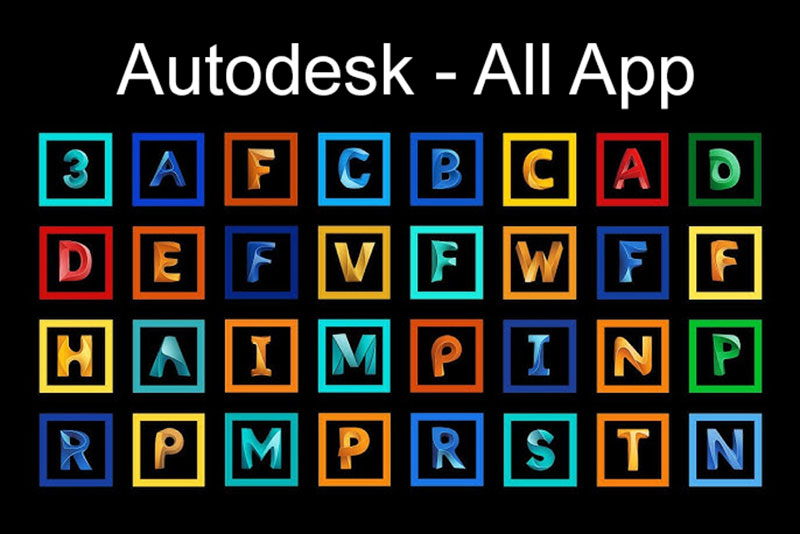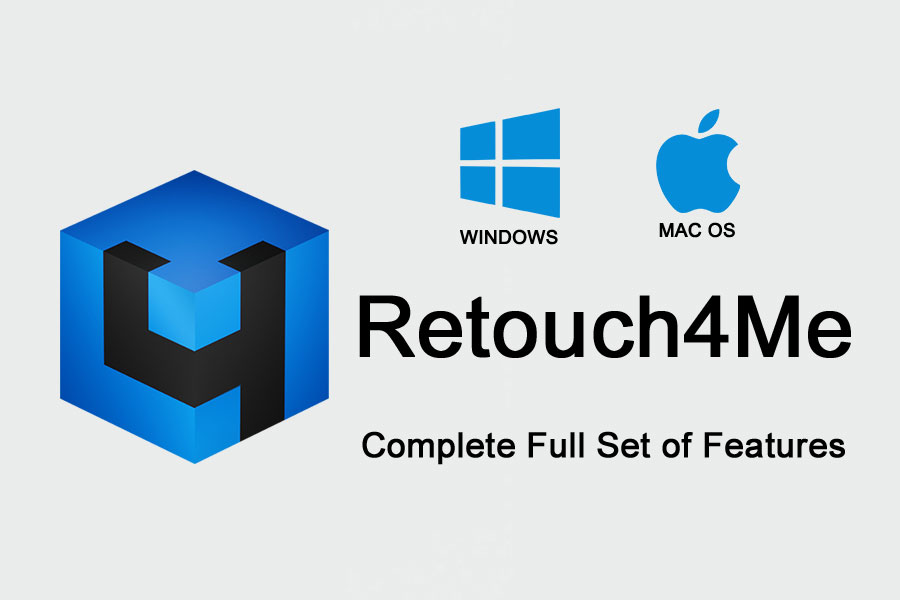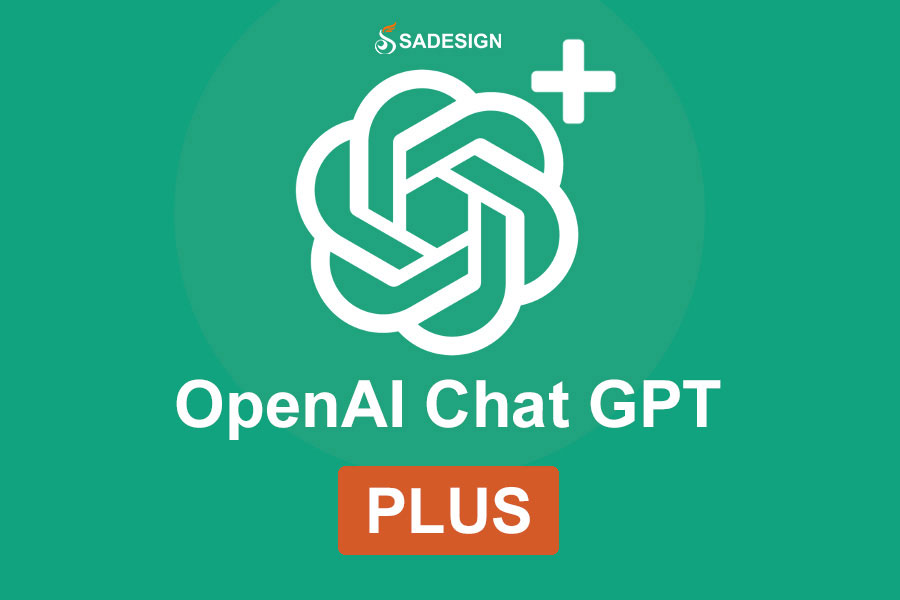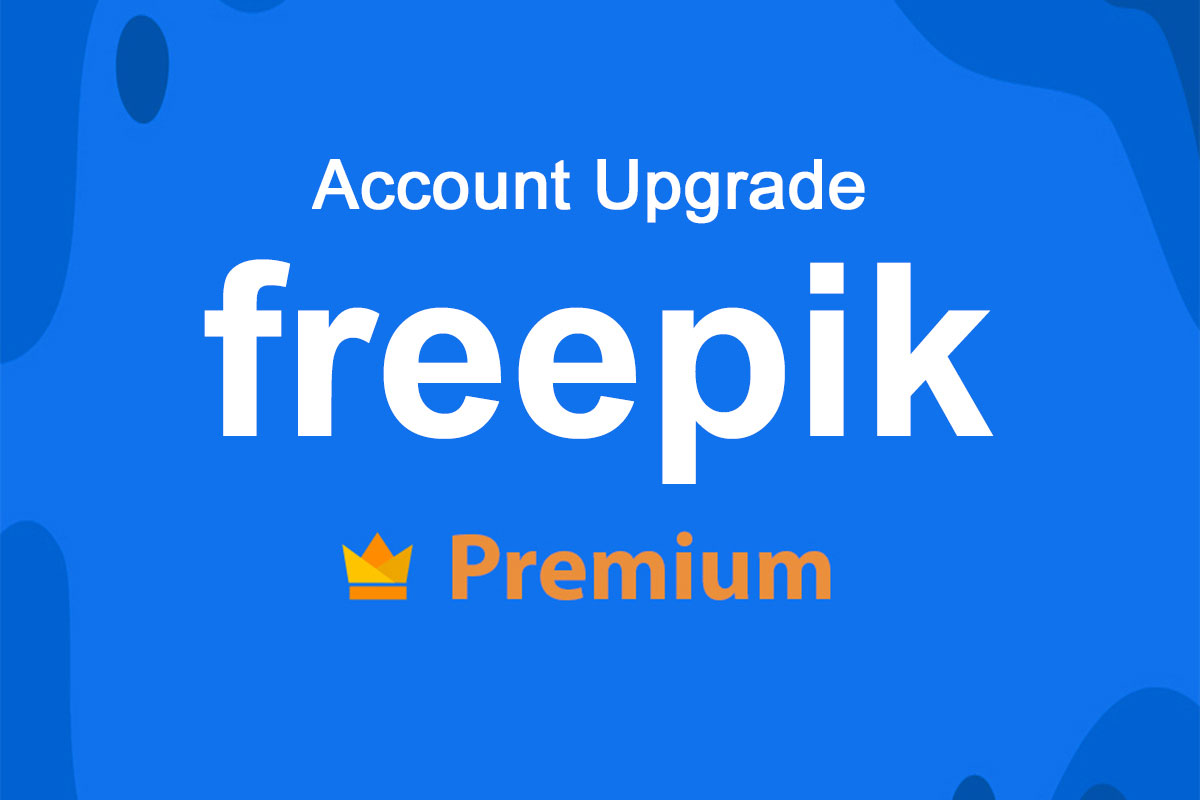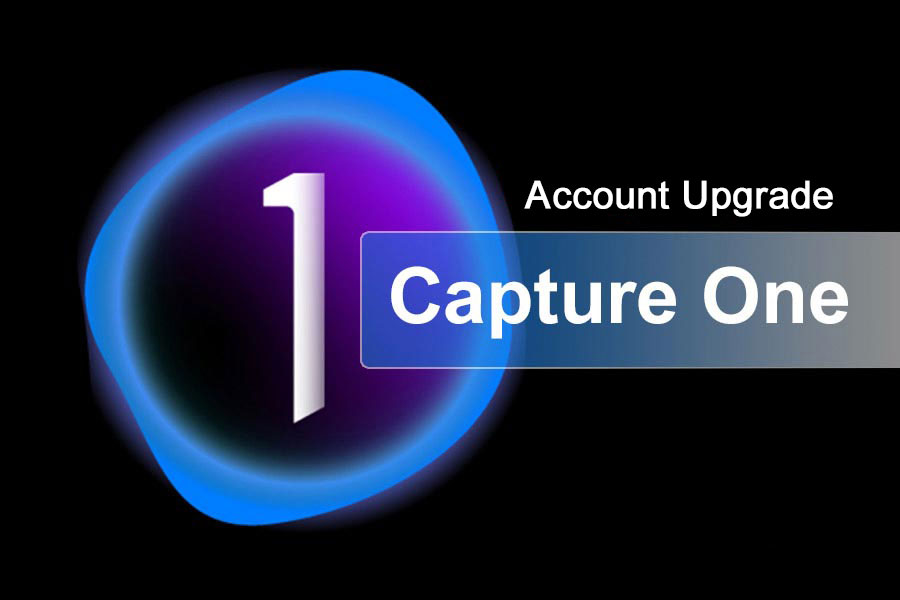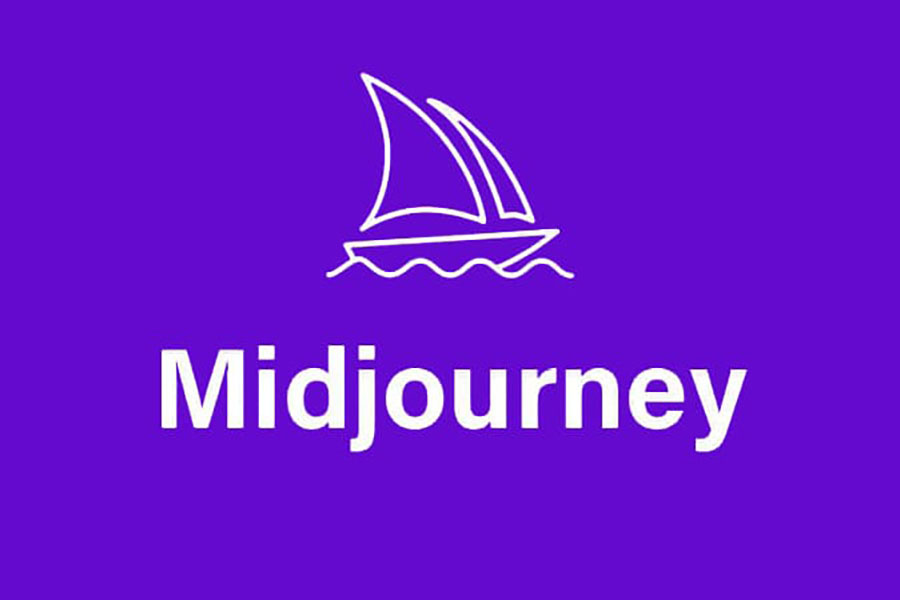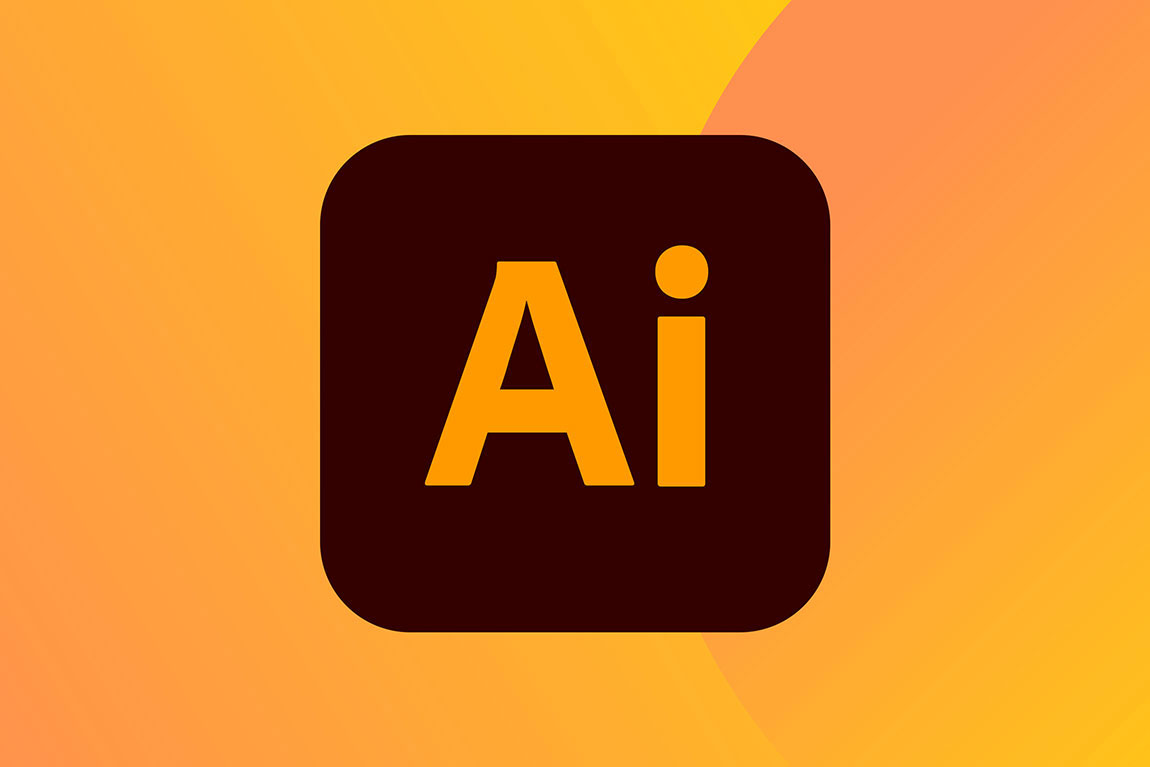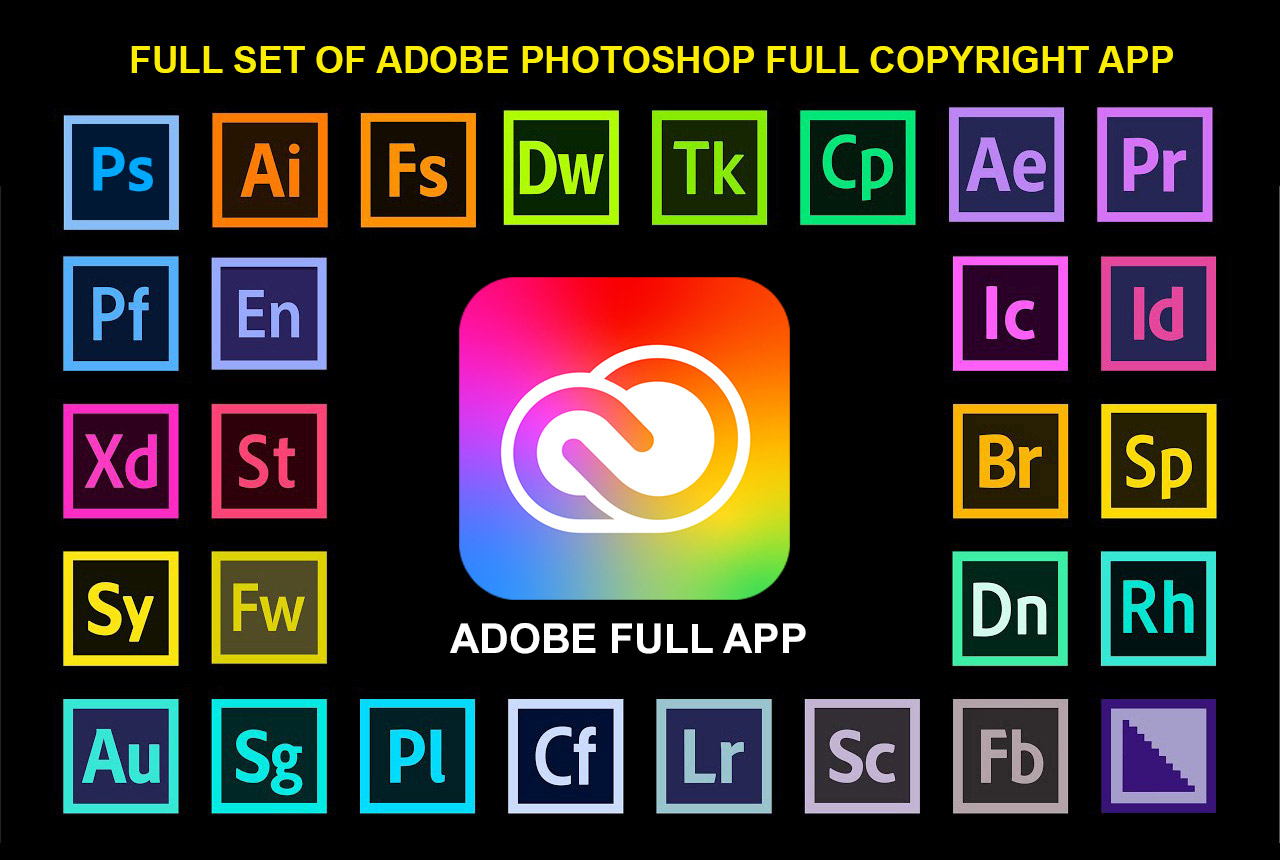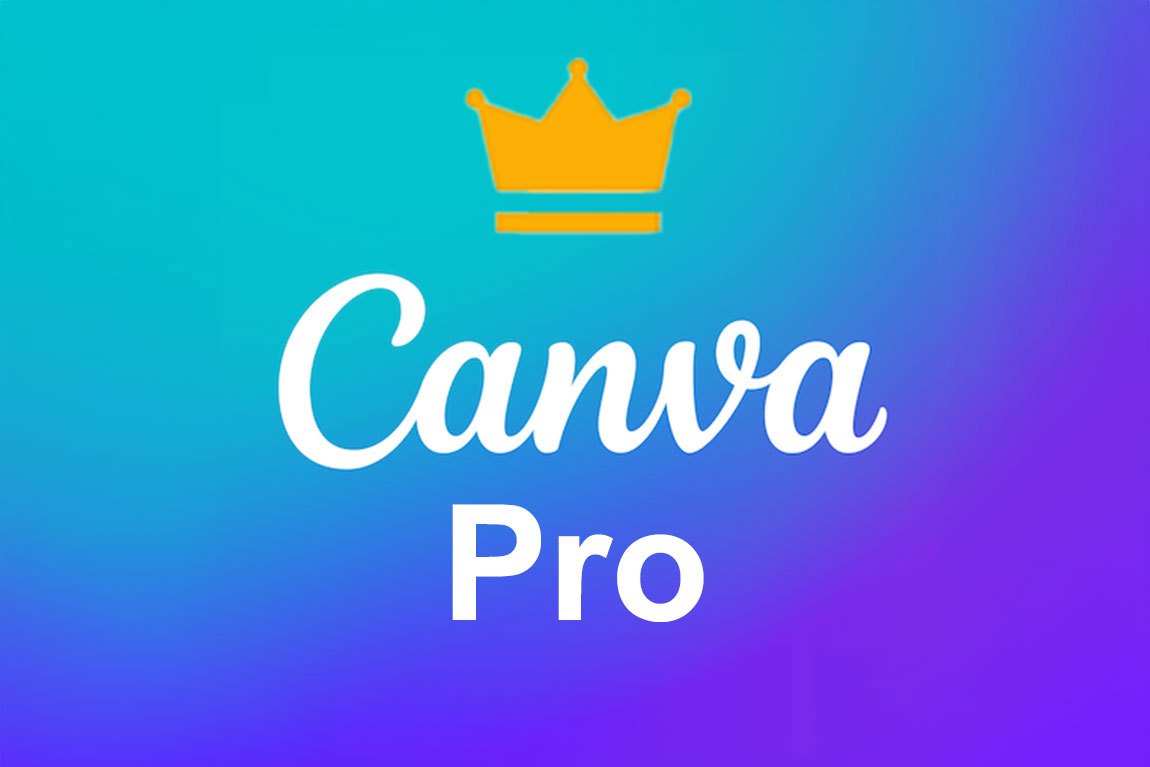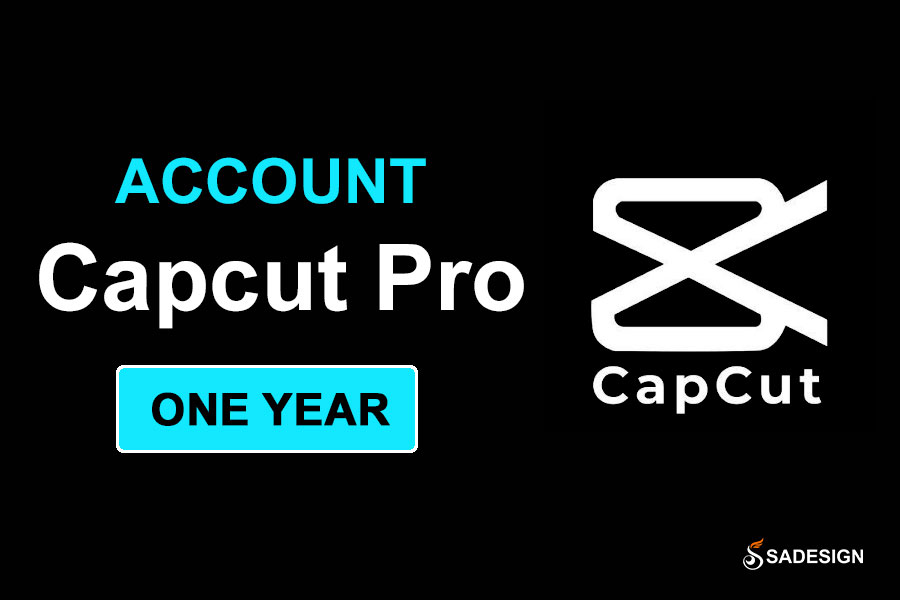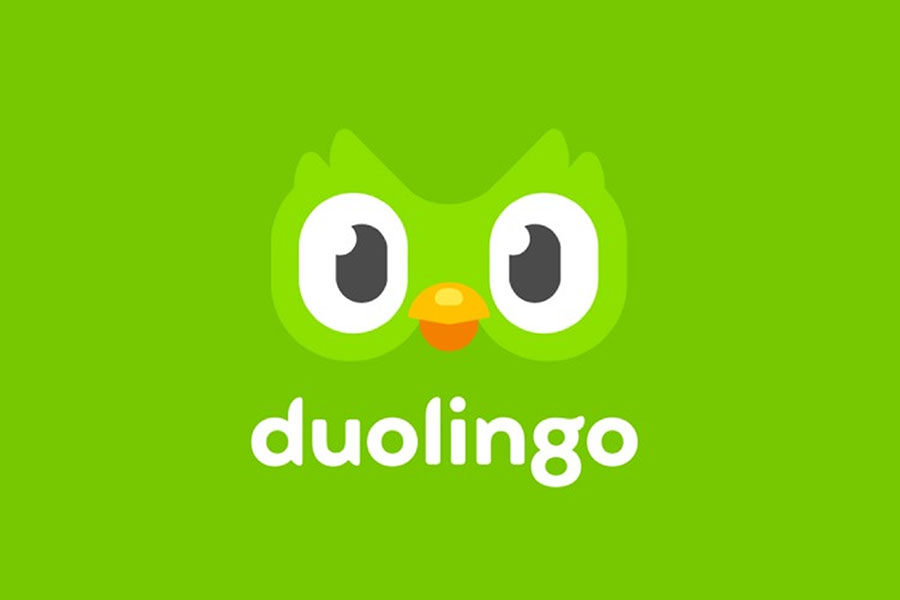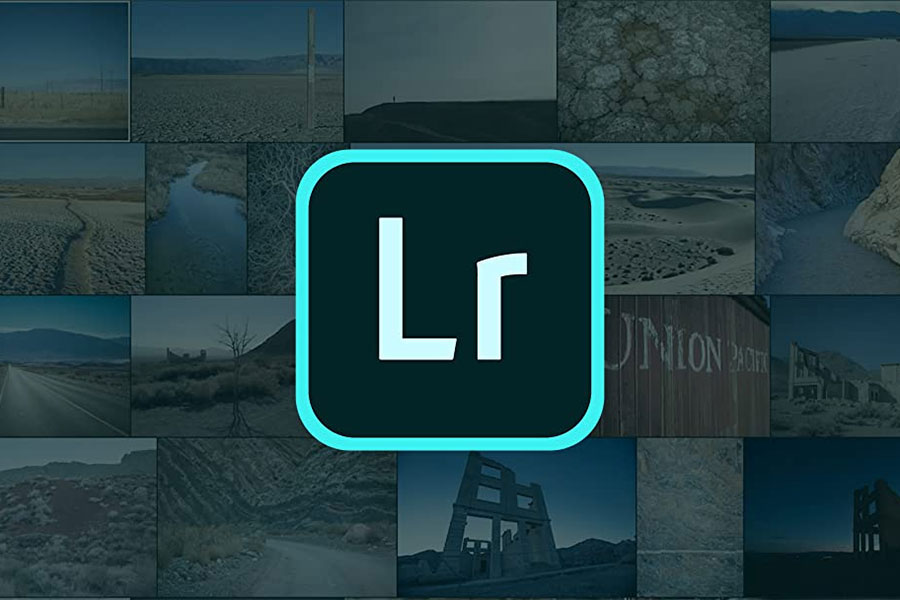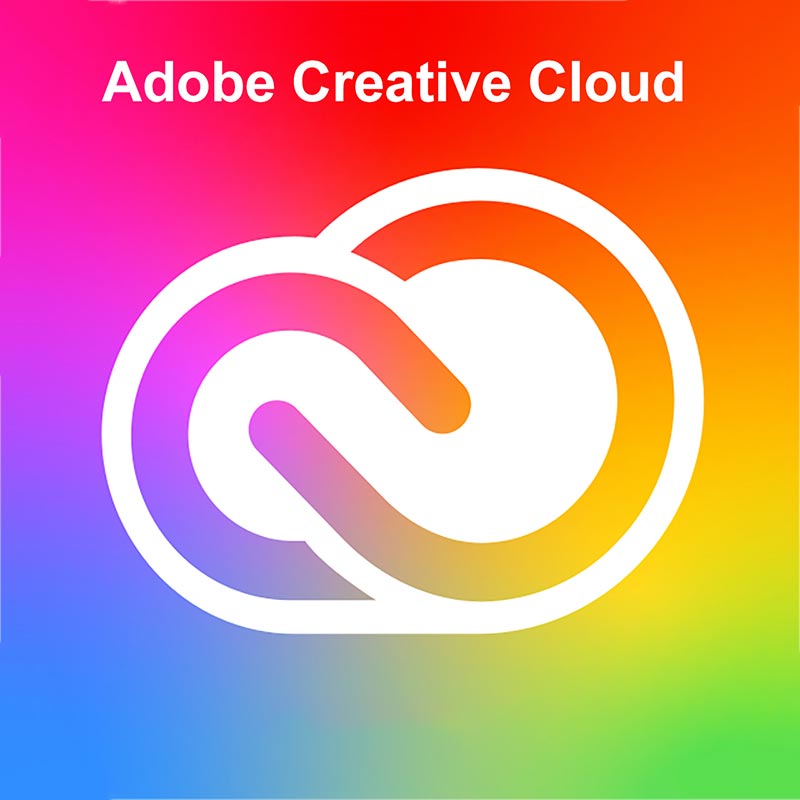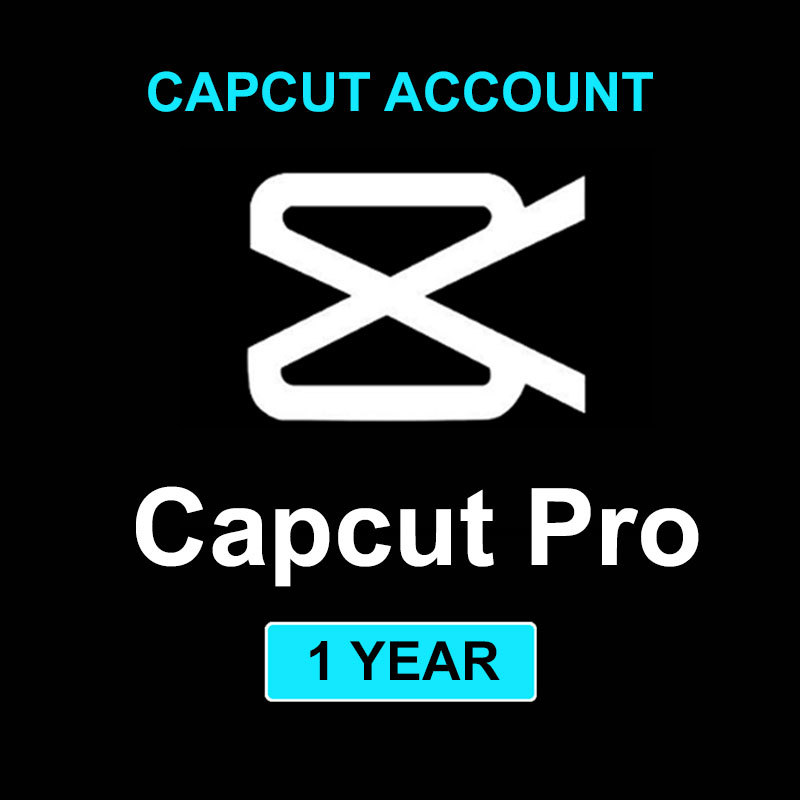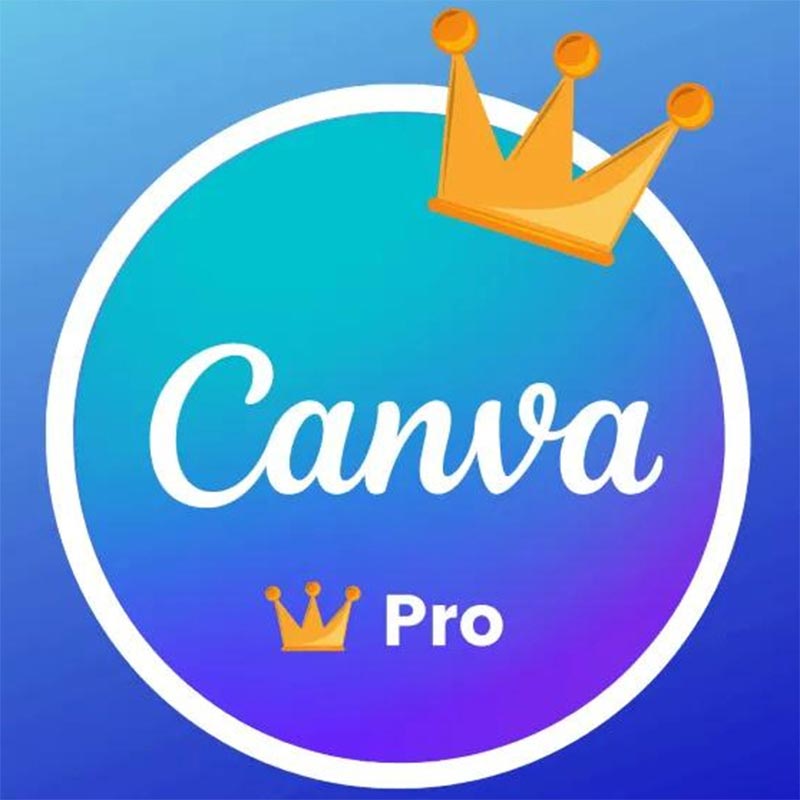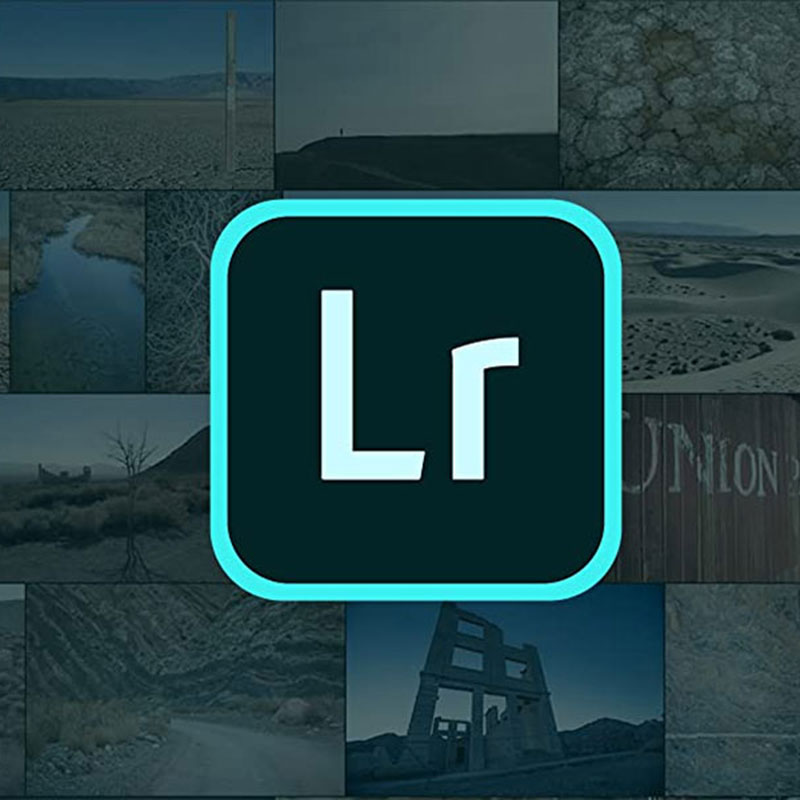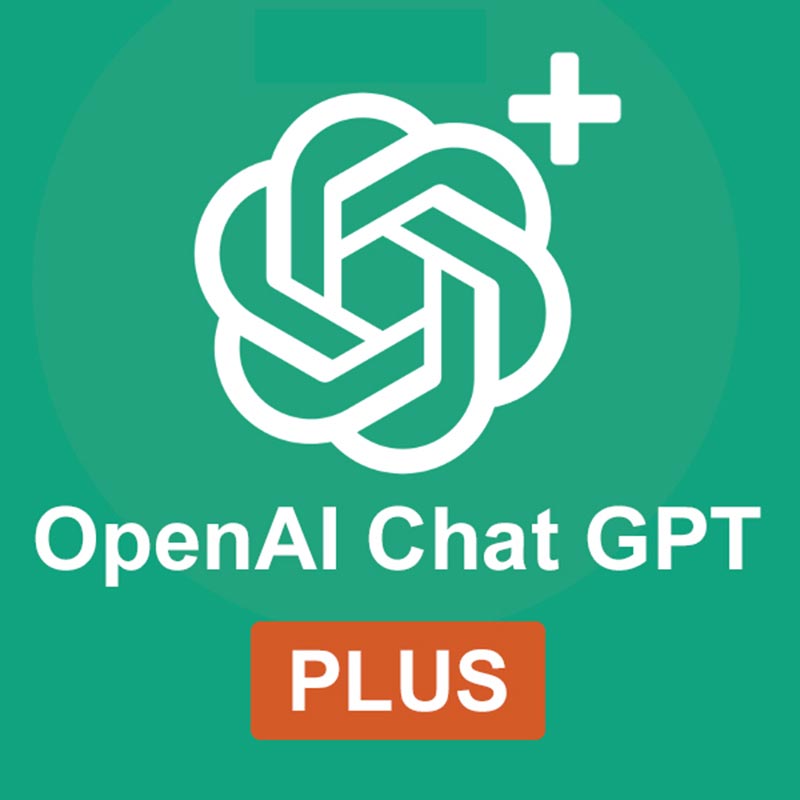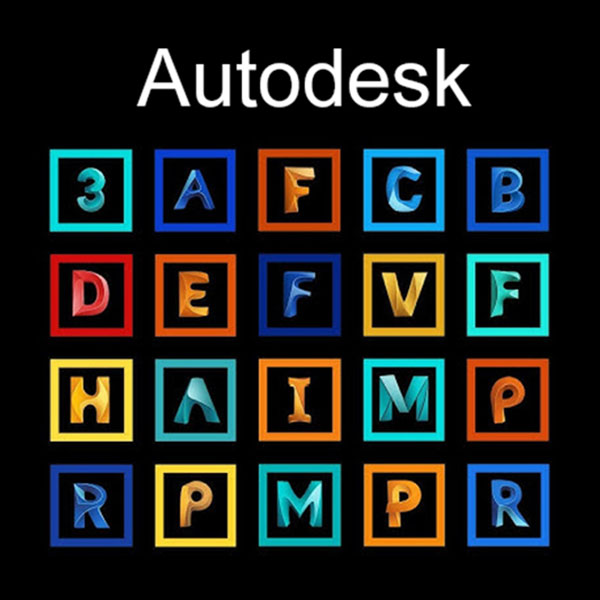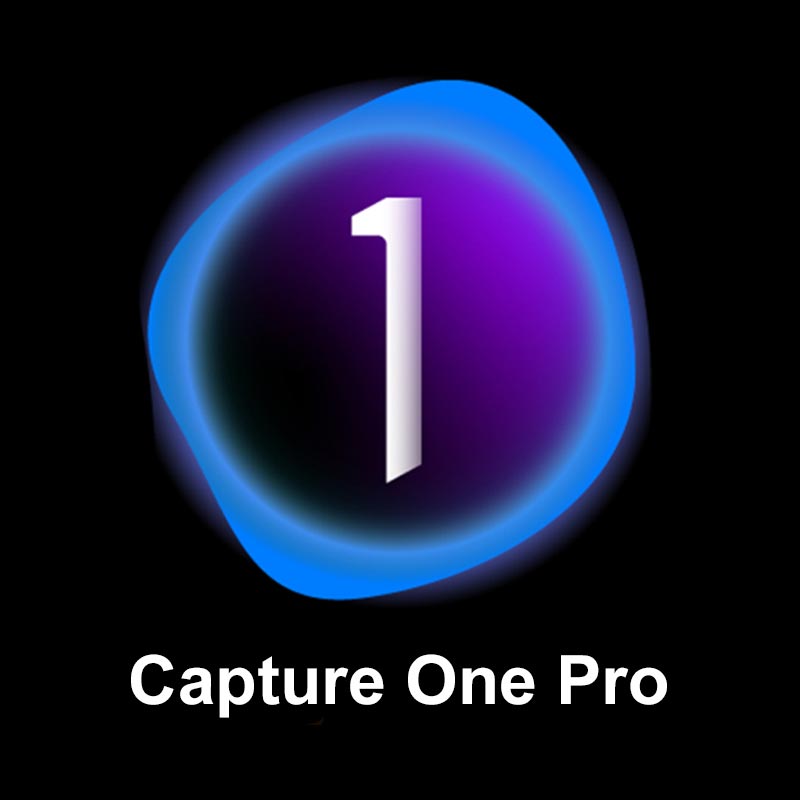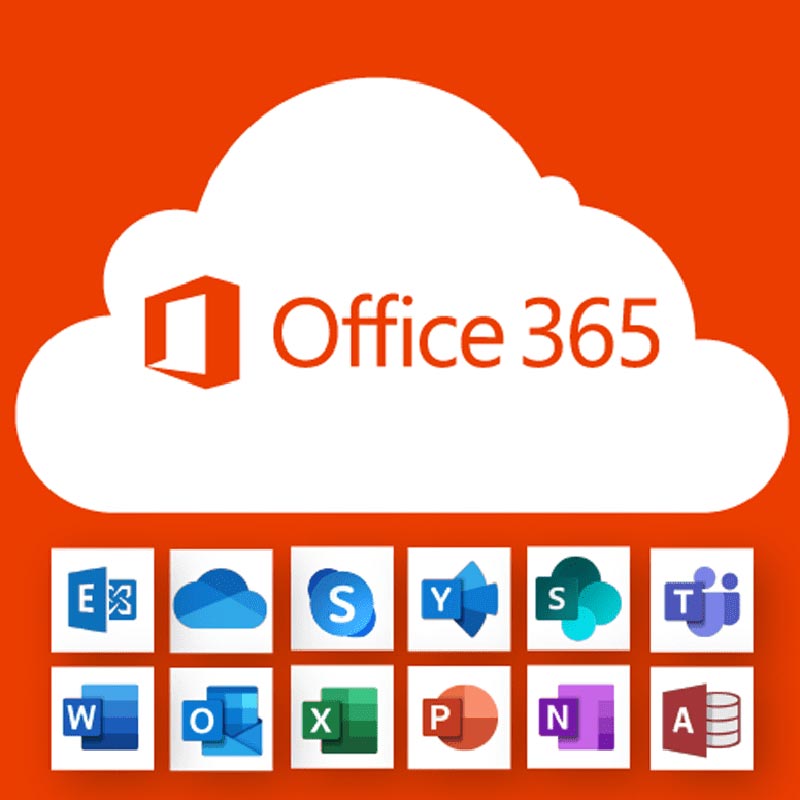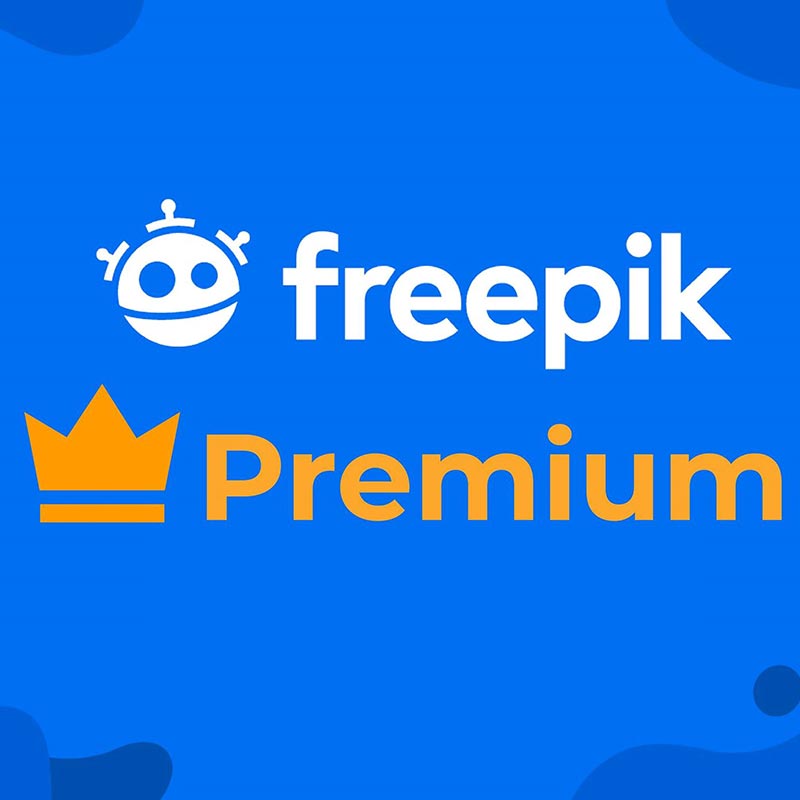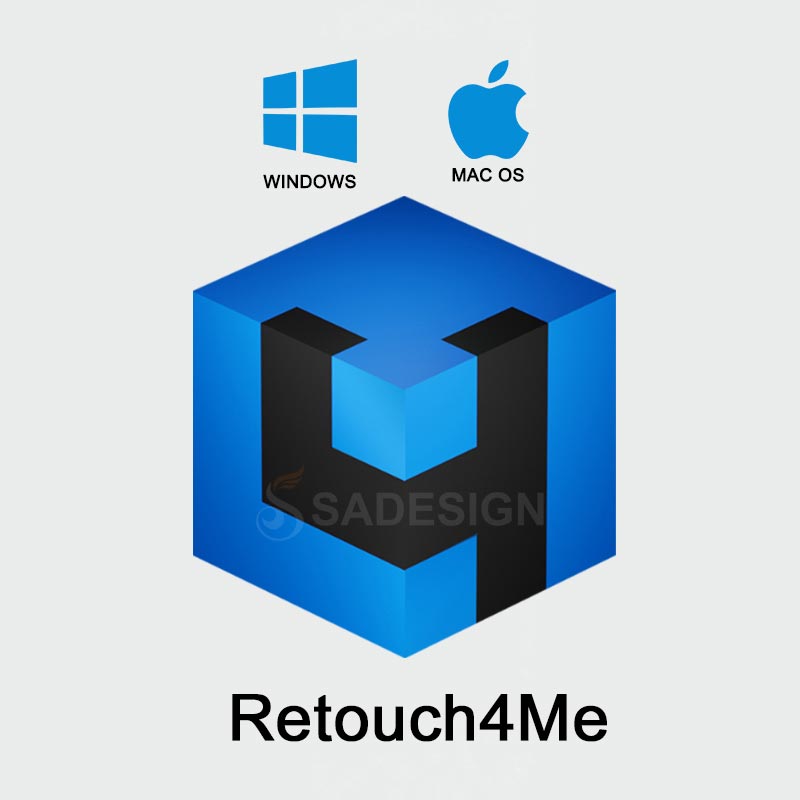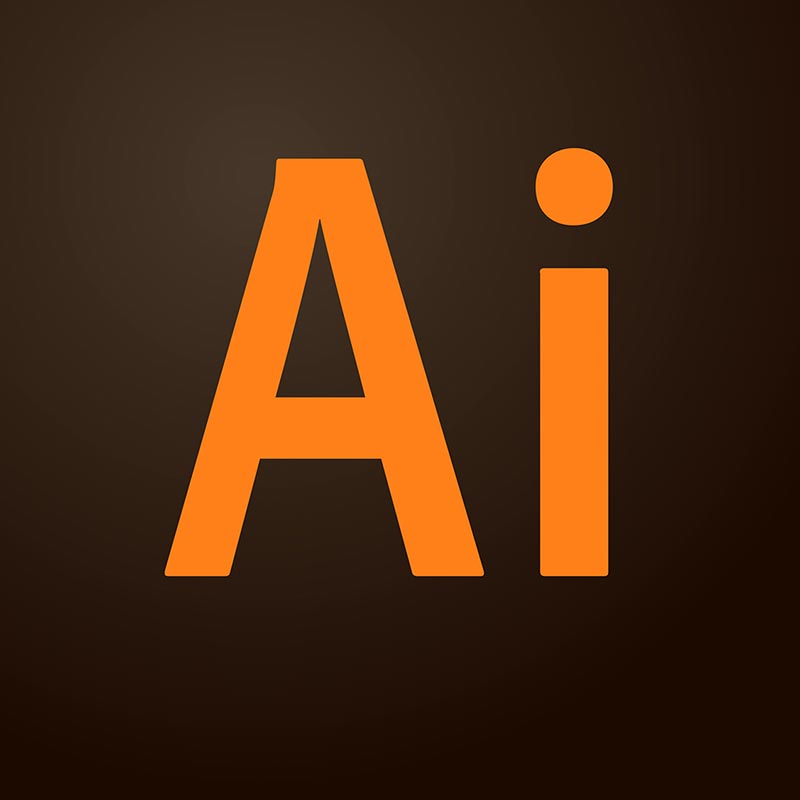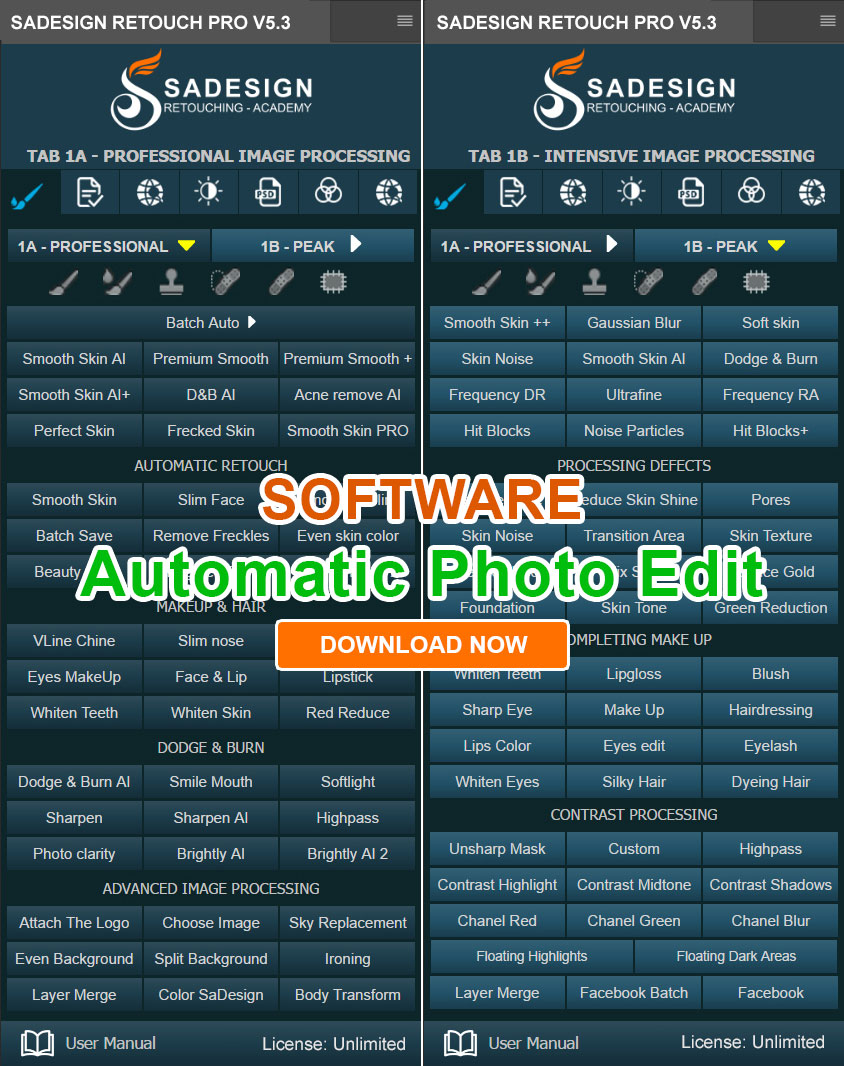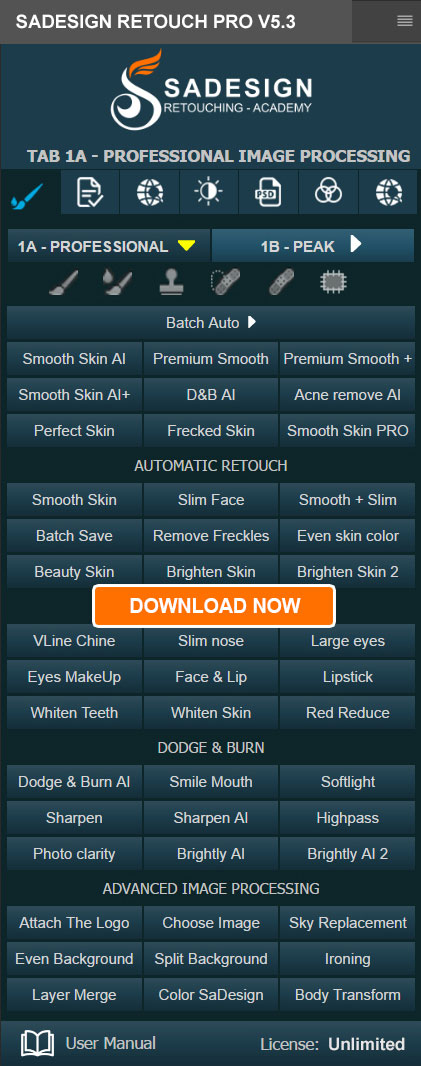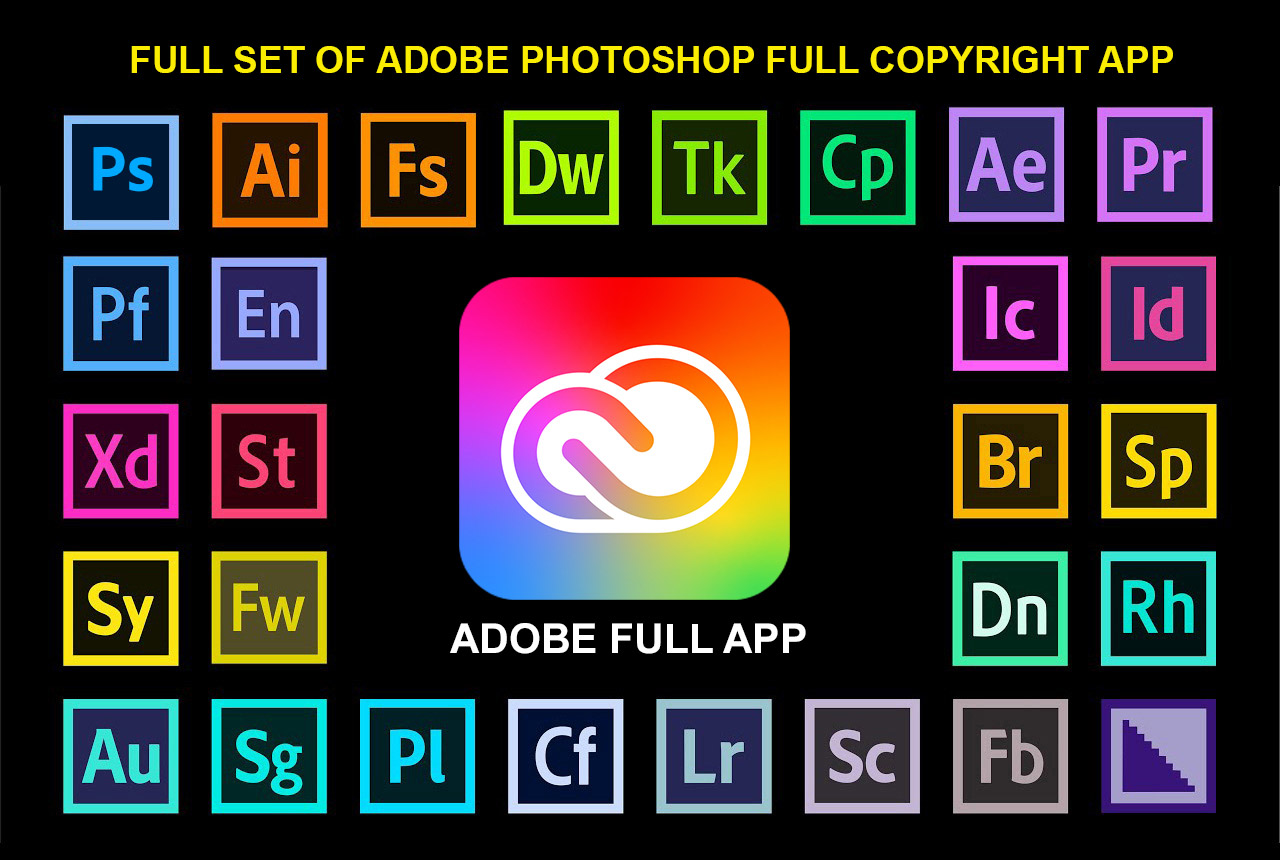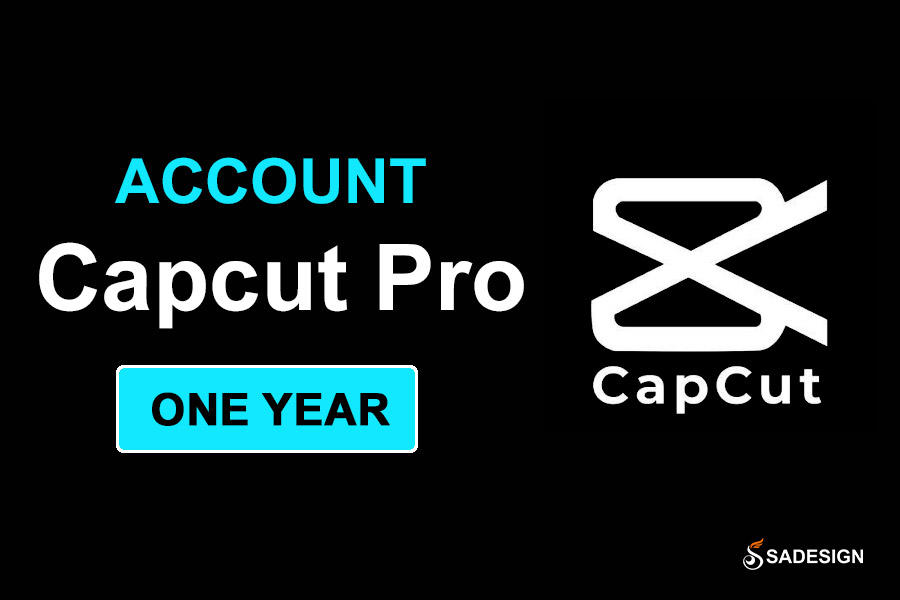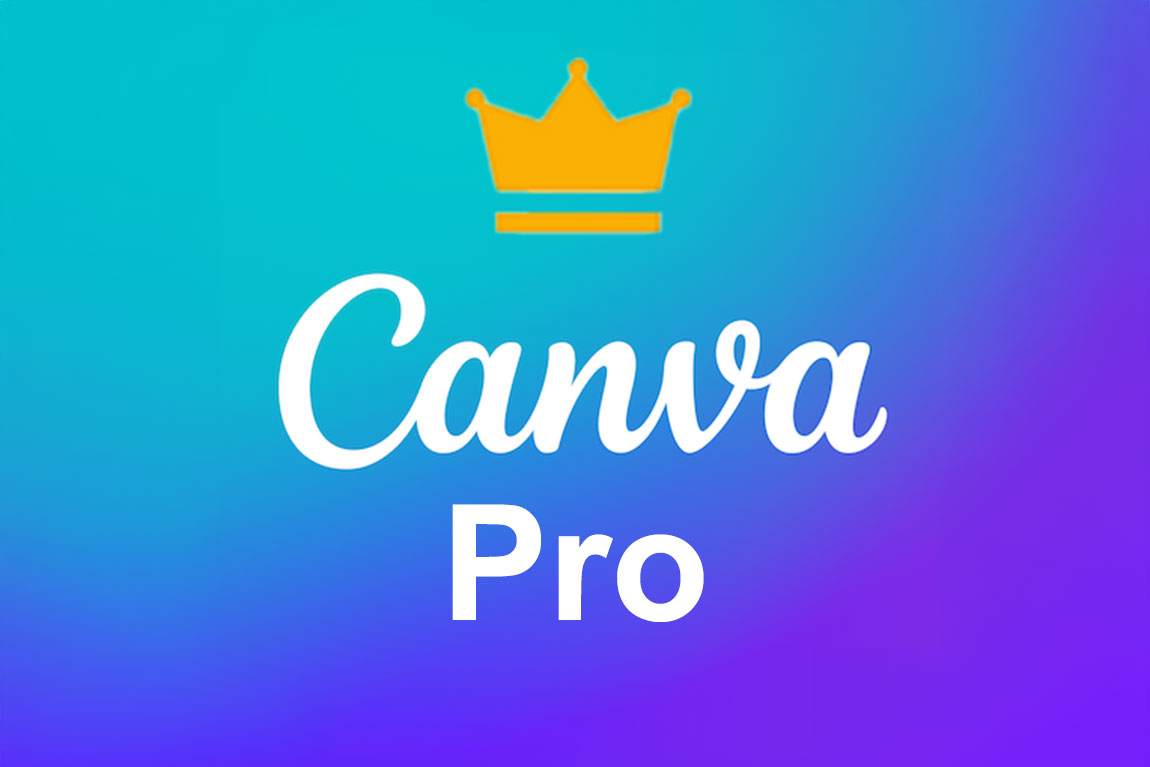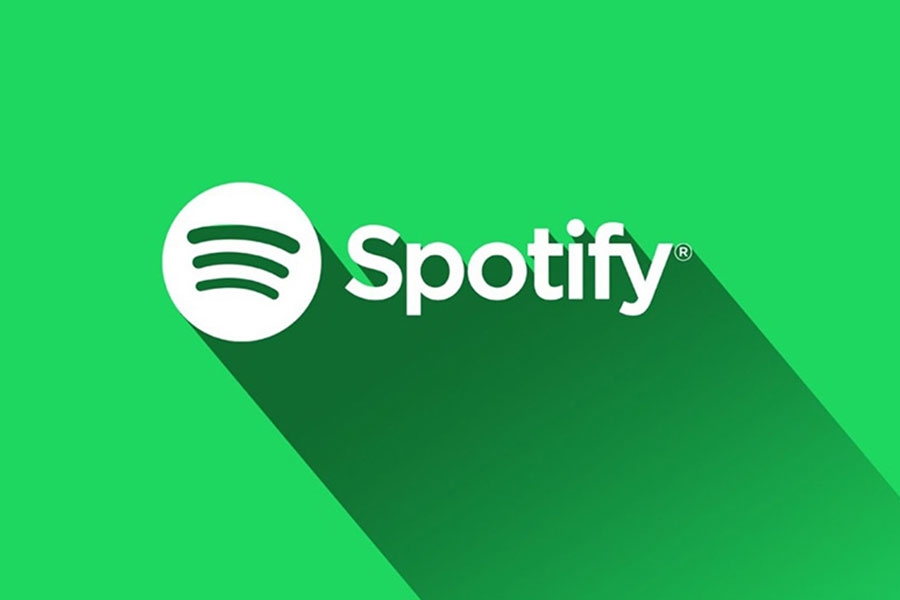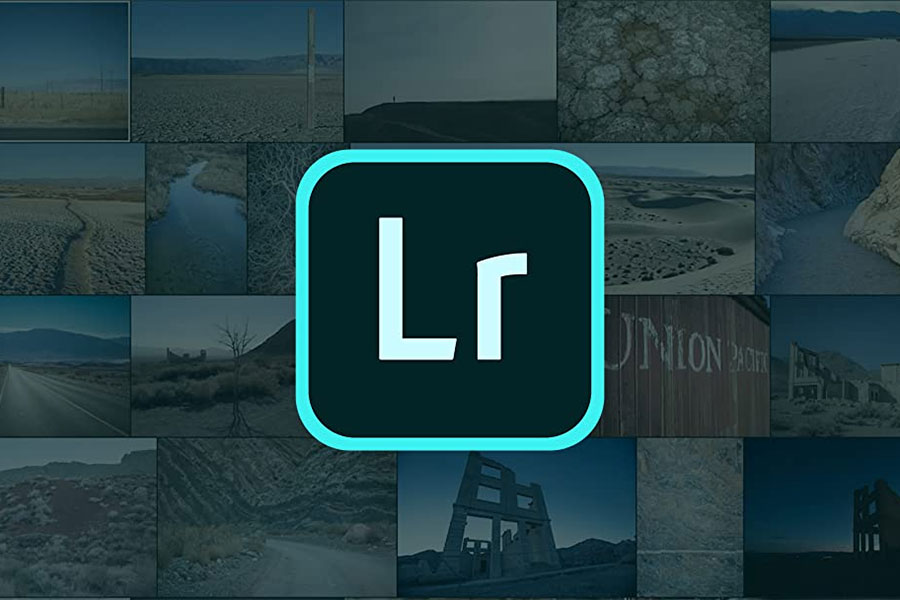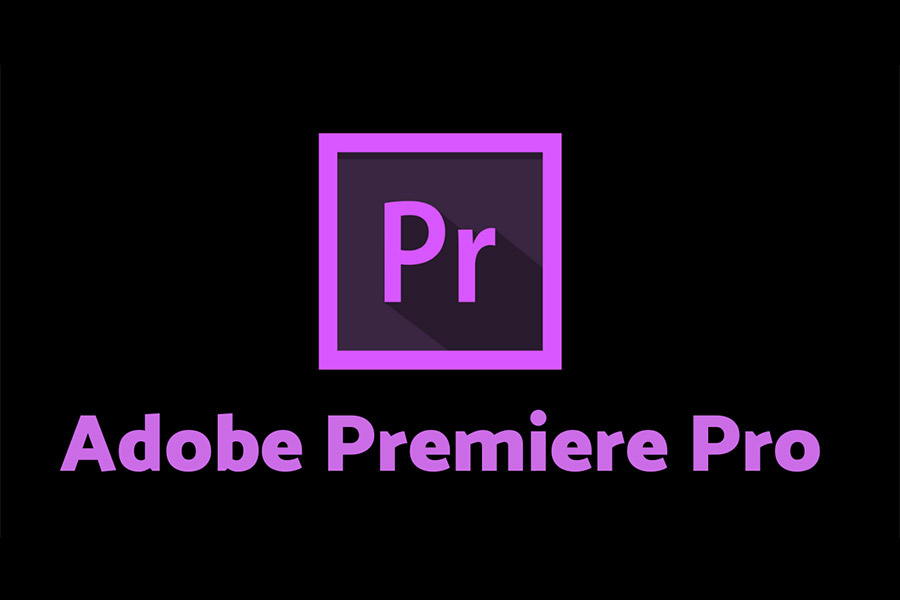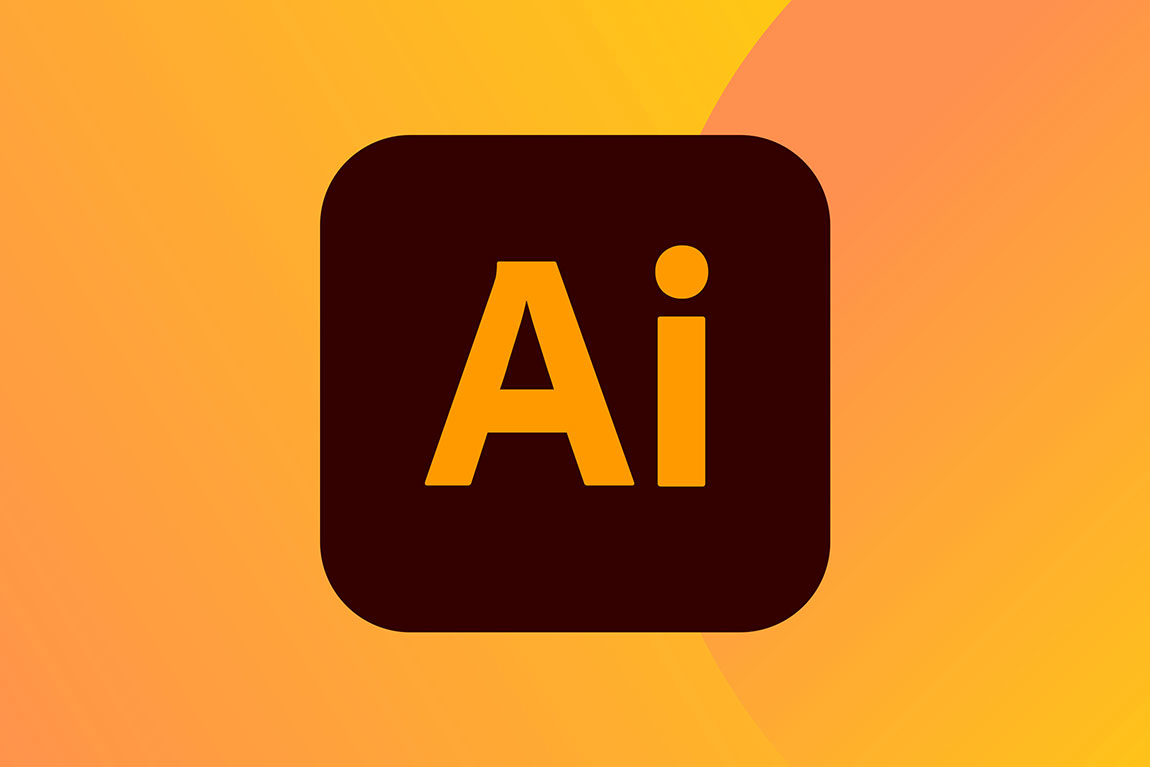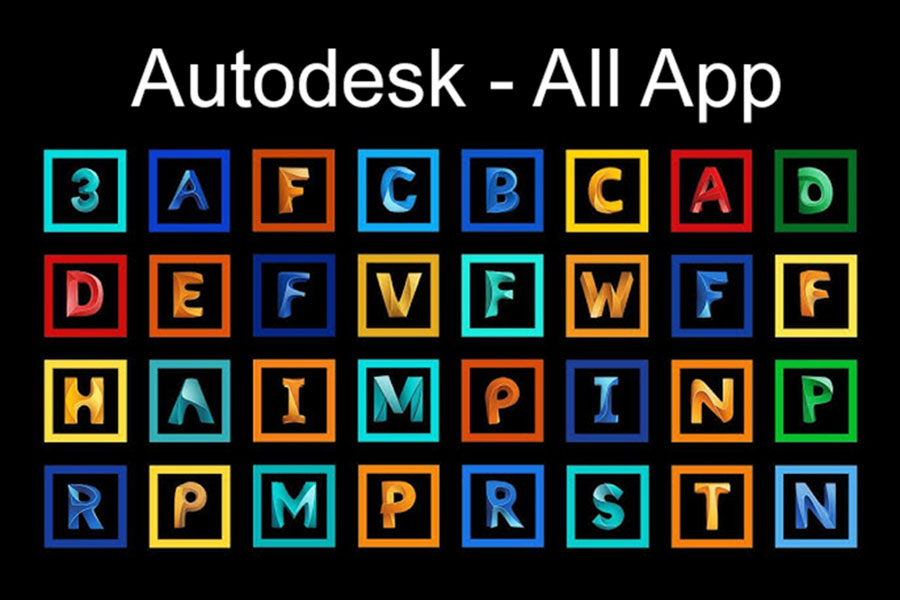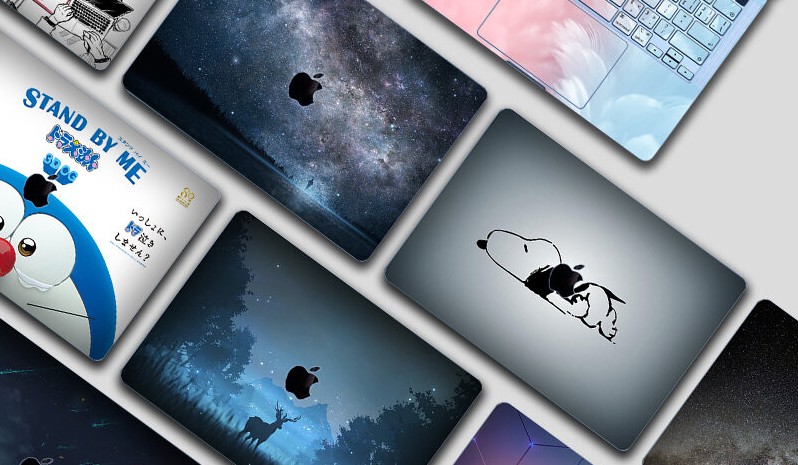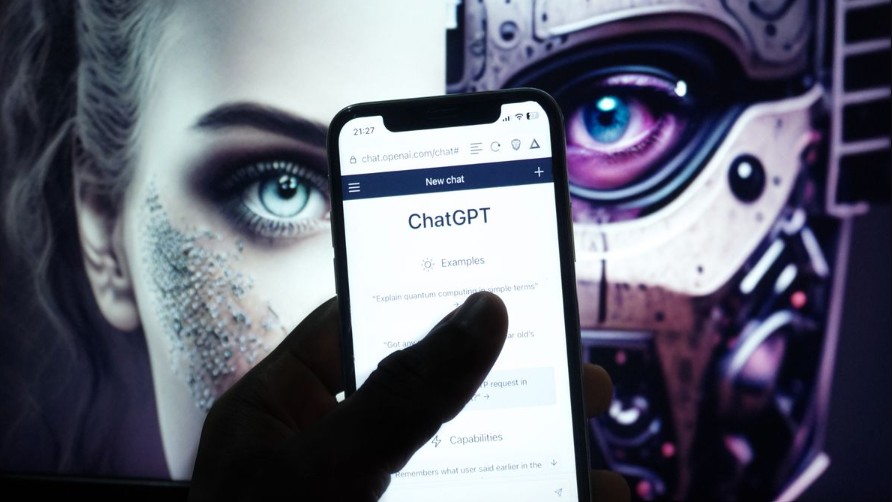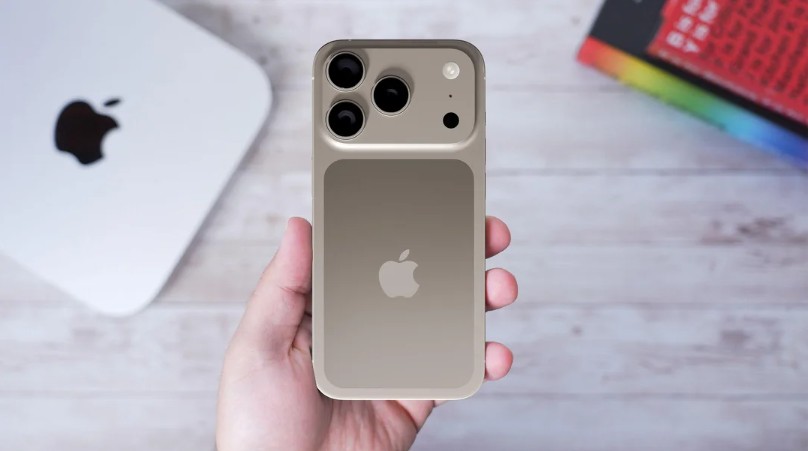Best Selling Products
ChatGPT is causing a stir by integrating a series of hot apps: Spotify, Canva, Coursera and more!
OpenAI is turning ChatGPT into a smart application ecosystem where users can listen to music, design, study or book rooms right in the chat box with the appearance of hot applications such as Spotify, Canva, Coursera, Booking and many other platforms.
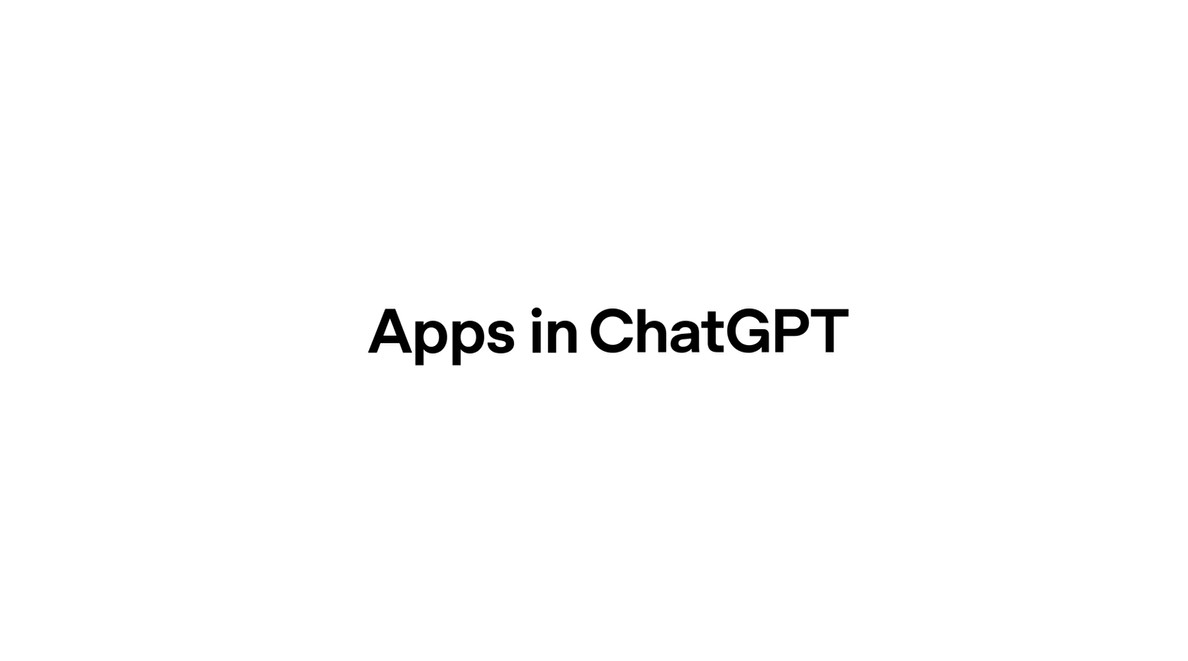
In the latest move, OpenAI has officially announced a software development kit (SDK) that allows third-party applications to integrate directly into ChatGPT. That means users can now access and control many of their favorite services right in the chat window, without having to switch back and forth between different applications or tabs.
This move marks a major turning point, bringing ChatGPT closer to the “ mini-app ecosystem ” model similar to the way Telegram or Discord have deployed. However, the difference lies in the fact that ChatGPT is supplemented with the power of artificial intelligence, making communication, navigation and commanding applications more natural than ever. Users can chat while asking ChatGPT to activate, adjust or get information from a specific application.
In other words, ChatGPT is no longer just a “smart talking friend” but is gradually becoming a central platform connecting digital services. Everything from listening to music, designing, studying to booking rooms, finding real estate can take place in the same chat box. Let’s take a look at a series of outstanding applications that have been and are available on ChatGPT to better understand the future picture that OpenAI is painting.
1. Spotify
Spotify’s arrival in ChatGPT is widely considered one of the most exciting highlights. Listening to music and chatting have traditionally been two separate activities: one is emotional, the other is informational. Now, they can go hand in hand. ChatGPT becomes a personal music assistant , listening to your preferences and creating a musical space that suits every moment.
.jpg)
Users just need to type simple requests into the chat box such as: “Play me a chill playlist for Friday night”, “Find the latest Taylor Swift album”, or “Recommend podcasts about content creation”. ChatGPT will automatically call Spotify, process the request and return the results of the playlist, album or podcast right in the chat box. No need to open a separate application, no need to search manually.
Interestingly, ChatGPT doesn’t just stop at suggestions. With Spotify Premium accounts, users can also ask ChatGPT to create completely personalized playlists , add or remove songs based on their mood, and even rearrange the play order. For free users, the system still provides public, pre-selected playlists like “Discover Weekly” or “Daily Mix”.
This integration makes the music experience more seamless than ever. While you’re working, you can say, “Play me some light background music to help me focus,” and ChatGPT will coordinate with Spotify to play the right genre. All with just your voice, no clicks required.
Of course, there are still technical challenges to overcome, such as data access, API response speed, and user privacy. But overall, Spotify in ChatGPT is a vivid example of how artificial intelligence can turn an emotional activity like listening to music into a smart, seamless interactive experience.
2. Canva
For creatives from graphic designers, marketers to content creators, Canva is already a familiar tool. But the integration between Canva and ChatGPT opens a new era where ideas can be transformed into complete designs just by chatting .
Let’s say you need an Instagram post for an upcoming campaign. Instead of opening Canva, choosing a template, and editing every detail, you just type into ChatGPT: “Create me a new product promotion post, pastel tones, 1080x1080.” ChatGPT understands your intent, communicates with Canva, and within seconds, a preview of the design appears right in the chat window. You can zoom in, see details, request color changes, layout changes, or add a logo.
.jpg)
The good news is that everything happens in the chat. If you’re not satisfied, just say, “Make the text more prominent and change the background to blue,” and ChatGPT will send the command to Canva, and the new design will appear immediately. If you want to fine-tune further, you can click “Edit in Canva” to open the file in the original Canva interface, ensuring all the advanced features remain intact.
The big difference here is the connection between content and images . ChatGPT can write the content, then immediately transfer it to Canva to create the corresponding design. You can say: “Write a caption for the AI workshop introduction post, then design an appropriate illustration” and in just a few minutes, both the caption and design are done.
However, this integration also requires optimization in loading speed and display capabilities. For complex designs, many layers or dynamic effects, ChatGPT may only show a simple preview. However, in terms of efficiency, Canva in ChatGPT helps shorten the distance from idea to product significantly.
3. Figma
If Canva is for content creators, Figma is a must-have tool for interface and product designers. Figma’s presence in ChatGPT is especially valuable for those who regularly need diagrams, wireframes, or process diagrams.
Let’s say you’re describing the user registration flow for an app. Previously, you had to open Figma, drag blocks, connect arrows, and arrange the layout. Now, you just type into ChatGPT: “Draw a user registration flowchart with three steps: enter information, verify email, complete profile.” ChatGPT will call Figma, automatically generate the corresponding flowchart, and display it right in the conversation.
.jpg)
If you need to edit, just say: “Add OTP confirmation step after email verification step” or “Change the color of the first node to blue”. ChatGPT will understand the command and update the diagram as requested. All operations are done entirely in natural language, instead of having to click and drag manually.
When you need to make more detailed edits, you can click “Edit in Figma” to switch to the native interface. Here, all changes in the chat are fully synchronized, making the workflow seamless.
The real-world applications for this feature are endless. Product teams can quickly sketch out user flows, training teams can create knowledge maps, and content creators can create charts to illustrate articles. It all starts with a single dialog command.
Be aware, though, that very complex diagrams may exceed the chat window’s capabilities or require special access to the original Figma file. But for small to medium diagram needs, this is a flexible, time-saving solution that offers a completely new approach to design work.
4. Expedia and Booking
If previously, planning a trip required users to open a series of applications from checking flight tickets, finding hotels, to booking rooms, now ChatGPT can do it all in just one conversation. With the participation of Expedia and Booking.com, the travel journey becomes smarter and more convenient than ever.
.jpg)
Imagine you type into ChatGPT: “I want to go to Paris in November, looking for hotels under $150/night near the center and round-trip flights from Hanoi.” ChatGPT will instantly connect to Expedia, query real-time data, then return a list of hotels, prices, and suitable options. If you want, you can narrow down the criteria, for example “show only hotels with swimming pools and free breakfast” or “add one extra night stay”.
Once you’ve chosen a location, ChatGPT will guide you through the booking, payment, and confirmation steps. Everything can be done within the chat window itself. You can even ask questions like, “How far is this hotel from the Eiffel Tower?”, “Are there any Vietnamese restaurants nearby?”, or “How should I get from the airport?”, all with instant responses thanks to access to live data from major travel services.
This makes ChatGPT not just a search engine, but a comprehensive travel assistant . You no longer have to open a browser, compare prices manually or filter hundreds of options. All suggestions are clearly organized and explained in natural language.
Of course, there are still barriers such as data accuracy or differences between geographic regions. However, there is no denying that with Expedia and Booking, ChatGPT has taken a big step forward in bringing AI technology to the travel industry.
5. Coursera
Not only serving entertainment or work, ChatGPT also aims at a bigger goal: bringing knowledge closer to everyone . With the Coursera integration, ChatGPT can now become a companion in your learning journey.
.jpg)
Instead of opening Coursera, finding a course, and reading each description, you can simply say, “I want to learn about artificial intelligence at the basic level” or “Suggest me a Digital Marketing course in English with Vietnamese subtitles.” ChatGPT will immediately access the Coursera database, filter the appropriate courses, and display the instructor name, duration, reviews, and link.
Not only does ChatGPT offer suggestions, it can also help you build a personalized learning path . For example, if you say you only have one hour a day to study, ChatGPT will automatically divide the course content into small parts, suggest a weekly study schedule, and suggest review exercises.
Another unique feature is that ChatGPT can combine video viewing and explanation within the chat. When you are watching a video tutorial, you can ask: “Please explain the example at minute 10 again” or “Compare the two algorithms the instructor just mentioned.” ChatGPT understands the context of the video and gives detailed feedback, helping you grasp the knowledge more deeply.
Thanks to its contextual awareness and flexible interactions, ChatGPT truly becomes an intelligent tutor in your virtual classroom. Although there are still limitations such as login requirements, video copyright or playback speed, this combination has demonstrated the great potential of AI in the education sector, where personalized experiences are key.
6. Zillow
If you’ve ever looked to buy or rent a home, you know it can be a time-consuming and labor-intensive process. You have to search multiple websites, compare prices, locations, and amenities. With Zillow integrated into ChatGPT, this process becomes much simpler.
.jpg)
Just type “Find 3 bedroom homes in Seattle, under $800,000, with backyards,” and ChatGPT will instantly send a request to Zillow, pull the latest data, and display the results as a list with photos, prices, location maps, and details. You can click on each option to see more photos, compare homes, or ask ChatGPT: “Which one is closer to schools?” or “Do you have any homes for 3D viewing?”
Thanks to natural language understanding, ChatGPT makes finding a home feel like a friendly conversation with a real estate agent. No complicated filters needed, just say what you want and ChatGPT and Zillow will handle the rest.
In the future, Zillow plans to expand the 3D tour feature , new home data and suggestions for developing areas. Although the service is currently mainly focused on the US, this model can become an inspiration for other real estate platforms around the world, including Vietnam.
Once again, ChatGPT proves that AI can not only “answer” but also act: perform complex queries, synthesize data and make the most appropriate choice for each user.
7. Upcoming Apps
This is just the beginning, OpenAI announced. In the coming months, a series of other applications such as Uber, DoorDash, Instacart, OpenTable, Target, Peloton, Tripadvisor, and AllTrails will appear in ChatGPT. This means that almost every daily need from booking a car, ordering food, shopping, exercising, and traveling can be done right in a single chat window.
.jpg)
OpenAI said the Apps SDK is currently in preview, open to global developers for testing. When completed, ChatGPT will have its own app library, making it easy for users to discover, enable, or disable apps as needed. Each approved app will have to adhere to certain standards for security, reliability, and user experience.
New apps not only need to be useful, but also work consistently with the ChatGPT interface. OpenAI wants to ensure that when users switch between apps, it feels seamless and unified, rather than disjointed like switching between standalone apps.
With this approach, ChatGPT could become a “ conversational app store ” where everything is controlled by voice. Users do not need to remember each individual app, but just need to say their needs. ChatGPT will automatically select the appropriate app to perform, like an omnipotent digital manager.
OpenAI’s inclusion of a series of popular applications in ChatGPT is not just a feature expansion, but a strategic shift. ChatGPT is moving from the role of “AI tool” to the position of “technology platform”. This completely changes the way we interact with technology. Previously, every time we needed to do something, we had to remember and open the corresponding application: to listen to music, open Spotify, to study, open Coursera, to design, go to Canva, to book a room, go to Booking. Now, you just need to chat with ChatGPT and say what you want. Choosing the application, querying data, and processing tasks are all handled by ChatGPT.
